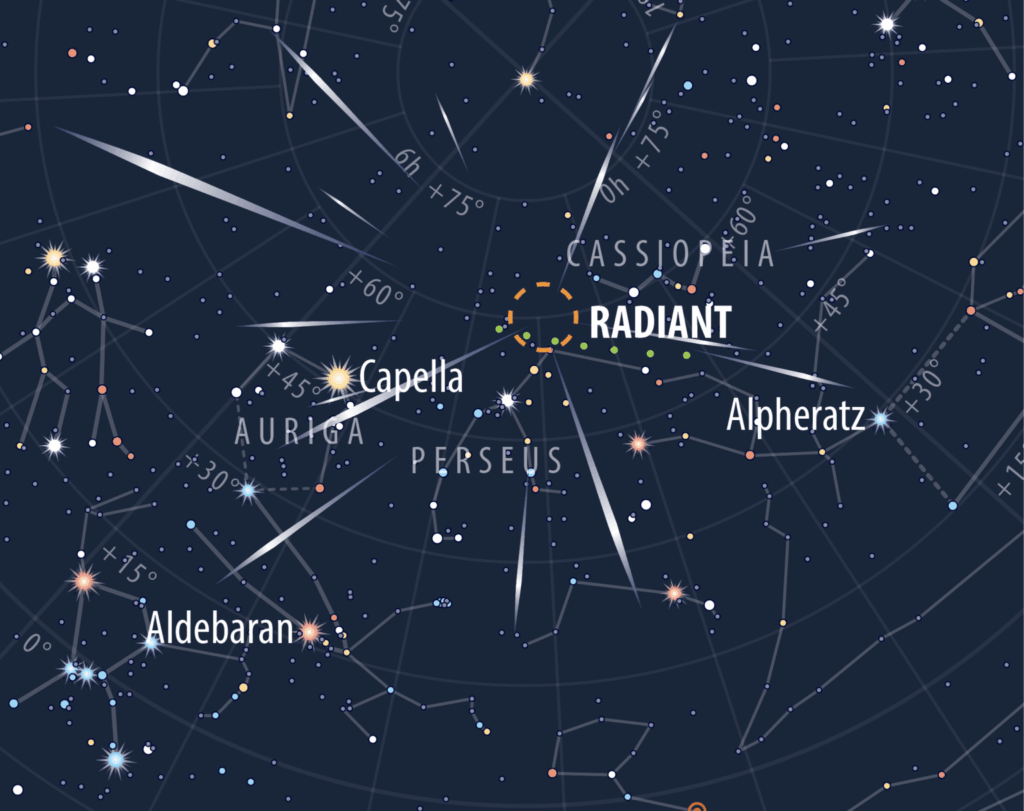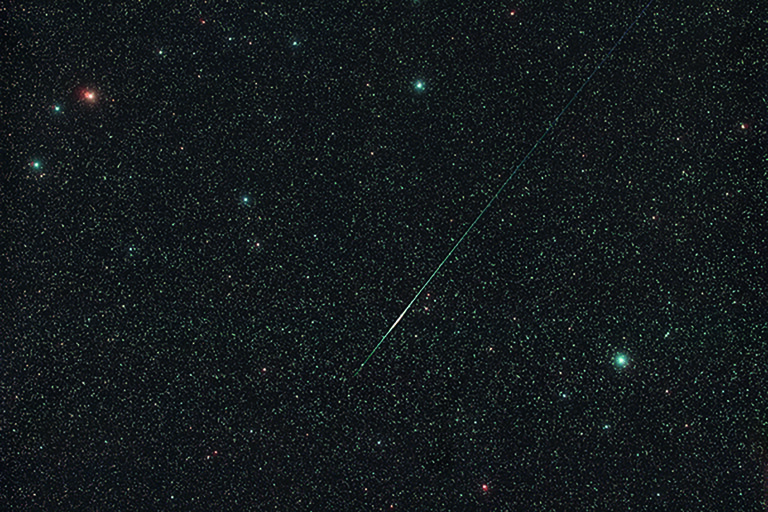Now Reading: How to see Comet Lemmon
-
01
How to see Comet Lemmon
How to see Comet Lemmon
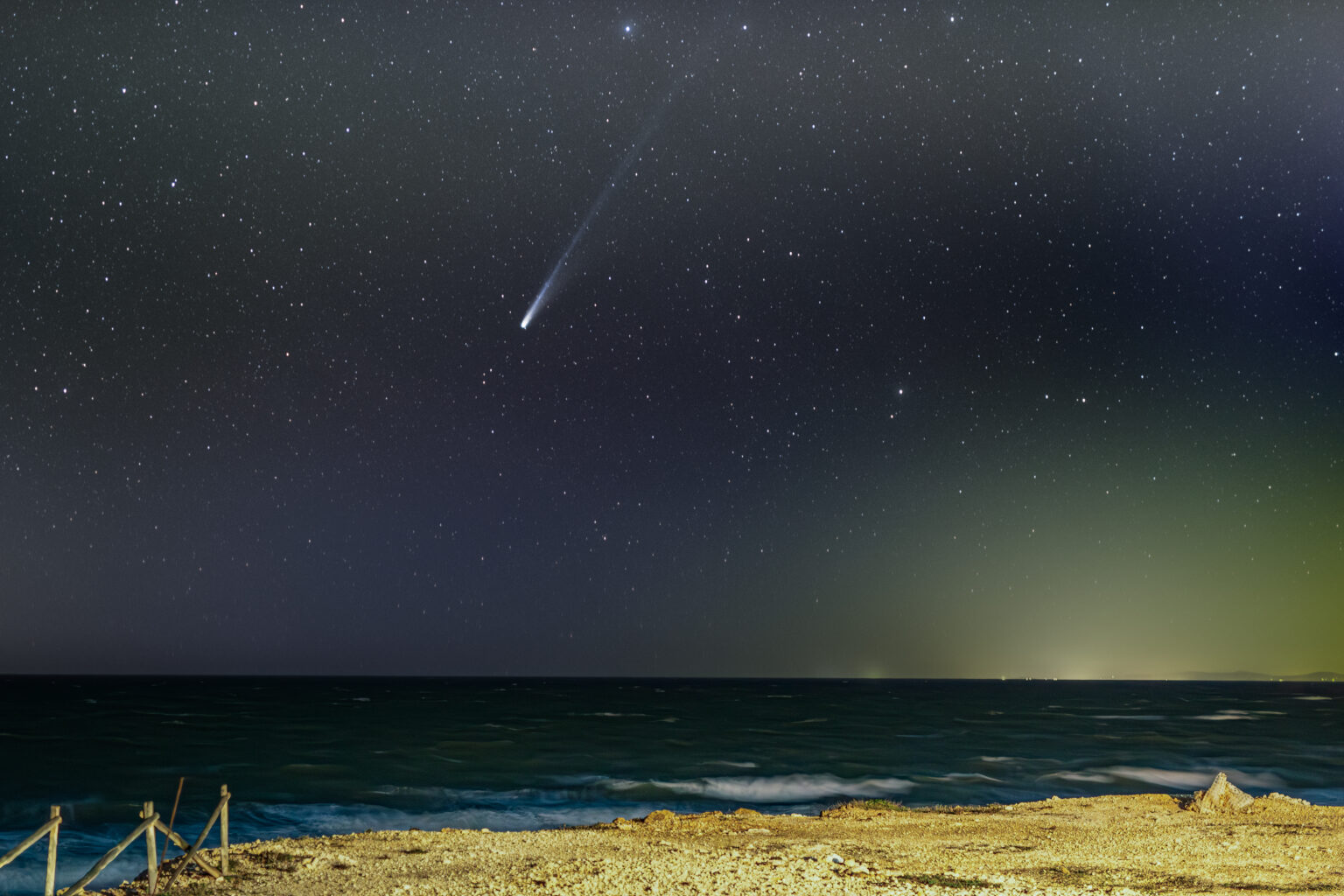
Don’t miss the chance to see Comet C/2025 A6 (Lemmon) as it races towards its closest approach of the Sun on 8 November.
You might even see it with your naked eye, and it’s an impressive sight even in small binoculars.
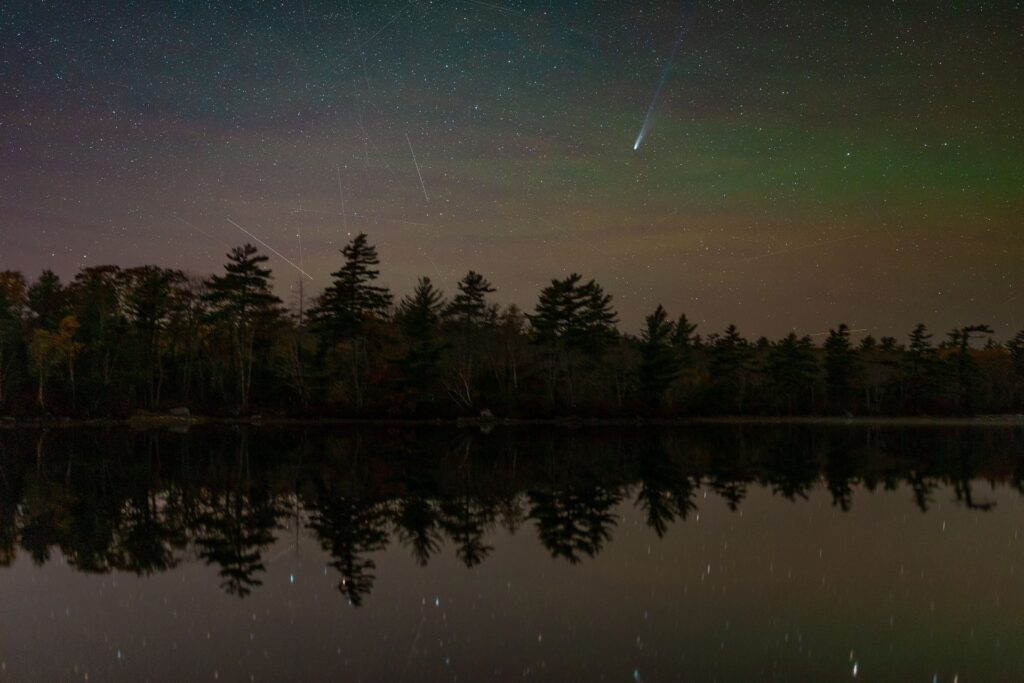
For northern hemisphere observers it’s visible shortly after sunset, at around 25 degrees in altitude as twilight fades. Its path is currently taking it through the constellation of Serpens towards Ophiuchus (see finder chart). Last week it passed the bright star of Arcturus in Boötes, which may also help signpost the way.
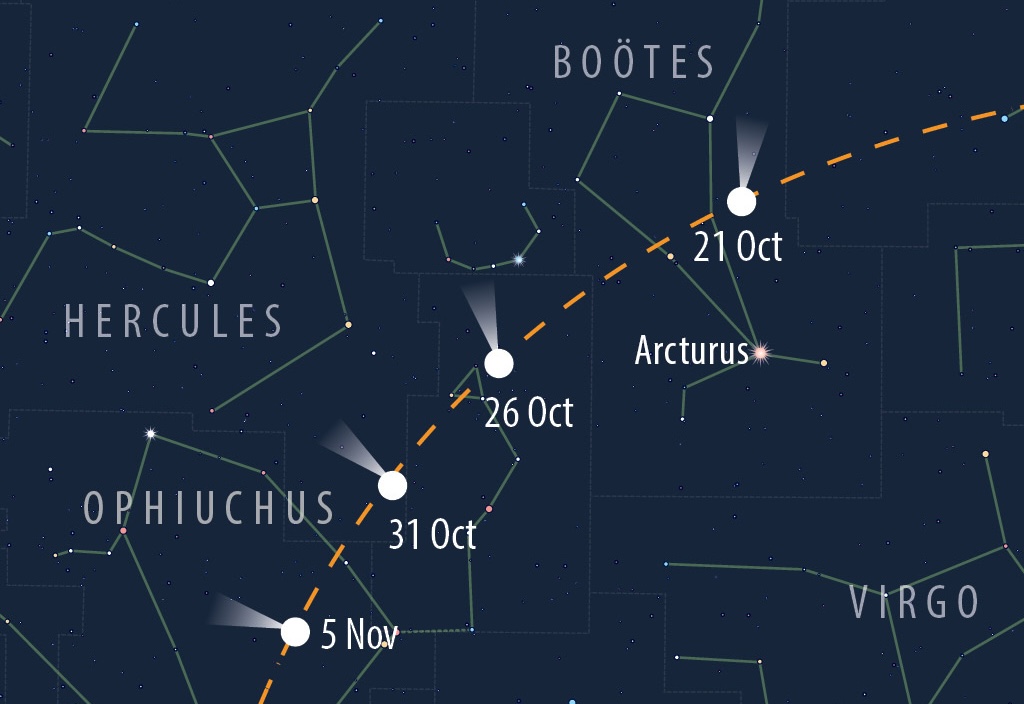
The comet was discovered on 3 January 2025 by astronomers at the Mt Lemmon observatory in Tucson, Arizona – hence its name. At that time it was located just inside the orbit of Jupiter. It made its closest approach of the Earth on 21 October at a distance of about 90 million kilometres, and is heading for perihelion – the closest approach to the Sun along its orbit at about 79 million kilometres – on 8 November.
Comet Lemmon is a long-period comet, originating from the distant Oort Cloud that envelops our Solar System. A gravitational nudge pushed it onto an orbit that sent it shooting towards our Sun. The warmth from the Sun is releasing its frozen ices as gas. The gases drag dust particles out, creating the fuzzy cloud of gas – its ‘coma’ – around its core and stretching out into a tail behind it. A modest pair of binoculars should reveal the coma; a small telescope will help you pick out details in the tail.
By 8 November the altitude of Comet Lemmon will be halved as it quickly heads southwards, so the next week or so may be the last opportunity to catch it before it loops back towards the outer Solar System again – it won’t be back for another 1,154 years!
Based on an article by Neil Norman in the November issue of Astronomy Now. Neil manages the CometWatch Facebook group.
Imaging the comet? Do share your images via gallery2025 @ astronomynow . com like these gallery contributors have:
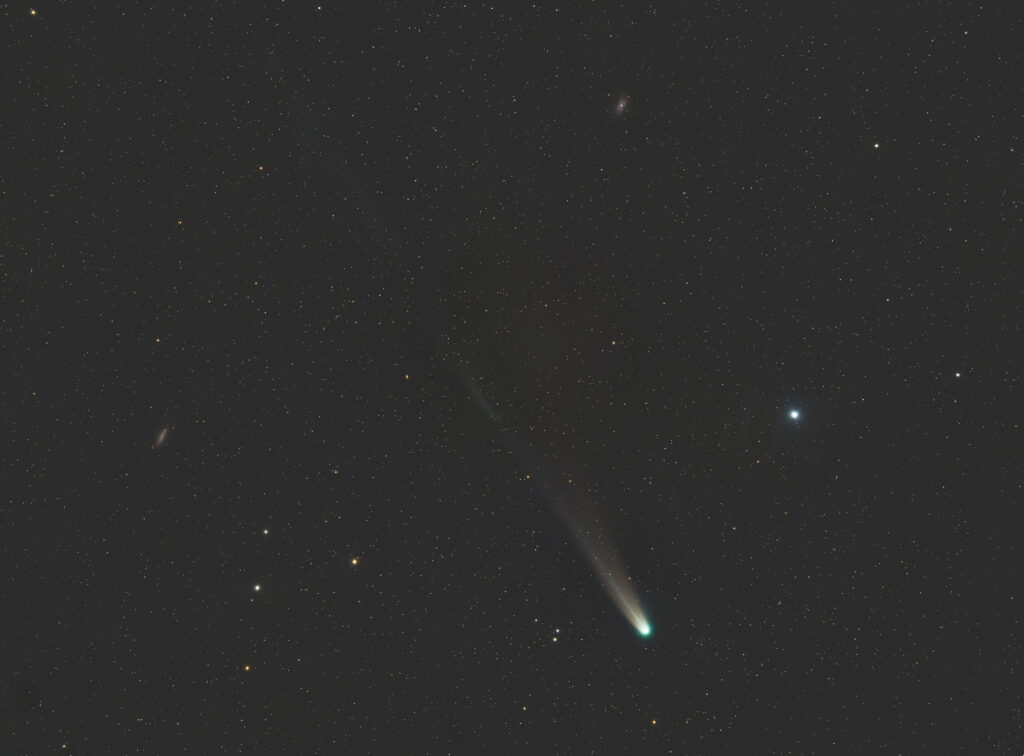
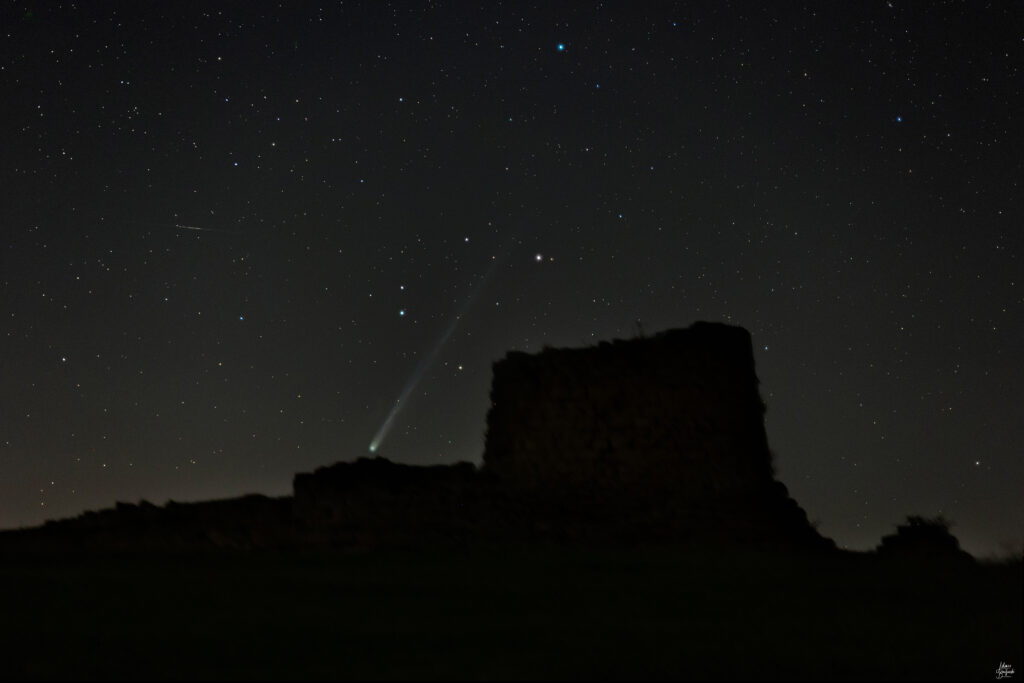
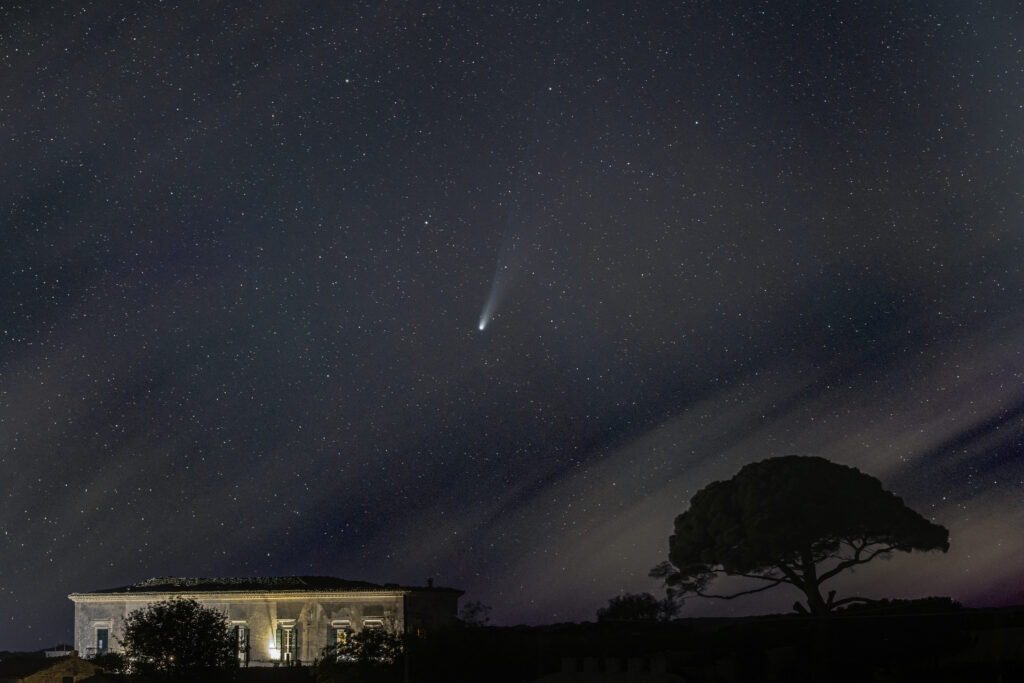
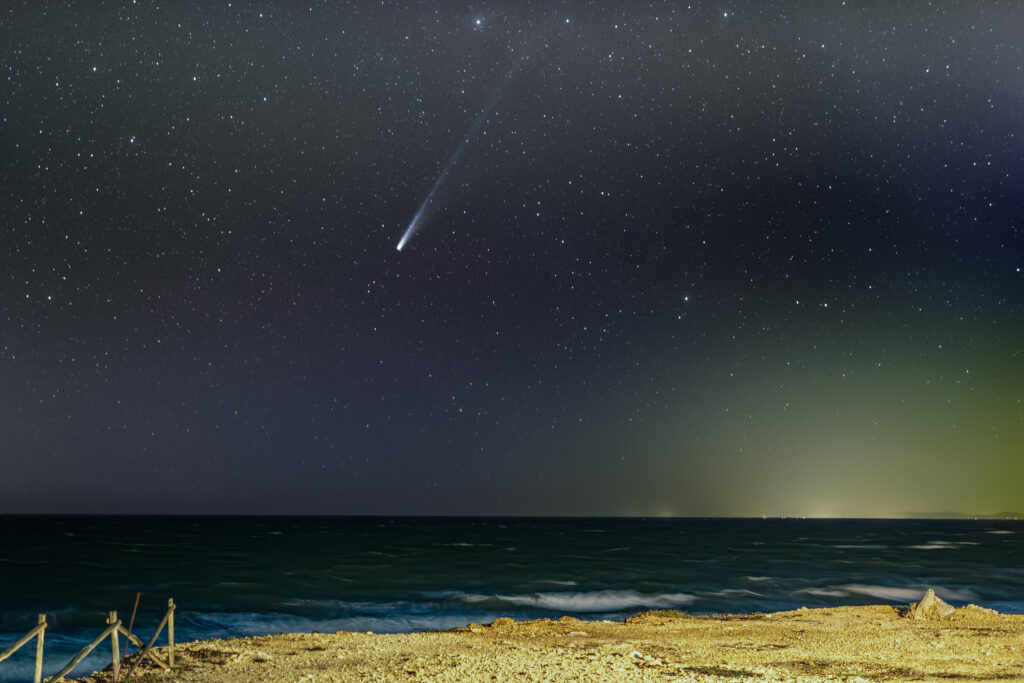
Stay Informed With the Latest & Most Important News
Previous Post
Next Post
-
 012024 in Review: Highlights from NASA in Silicon Valley
012024 in Review: Highlights from NASA in Silicon Valley -
 02Panasonic Leica Summilux DG 15mm f/1.7 ASPH review
02Panasonic Leica Summilux DG 15mm f/1.7 ASPH review -
 03From Polymerization-Enabled Folding and Assembly to Chemical Evolution: Key Processes for Emergence of Functional Polymers in the Origin of Life
03From Polymerization-Enabled Folding and Assembly to Chemical Evolution: Key Processes for Emergence of Functional Polymers in the Origin of Life -
 04How New NASA, India Earth Satellite NISAR Will See Earth
04How New NASA, India Earth Satellite NISAR Will See Earth -
 05And Thus Begins A New Year For Life On Earth
05And Thus Begins A New Year For Life On Earth -
 06Astronomy Activation Ambassadors: A New Era
06Astronomy Activation Ambassadors: A New Era -
07SpaceX launch surge helps set new global launch record in 2024












